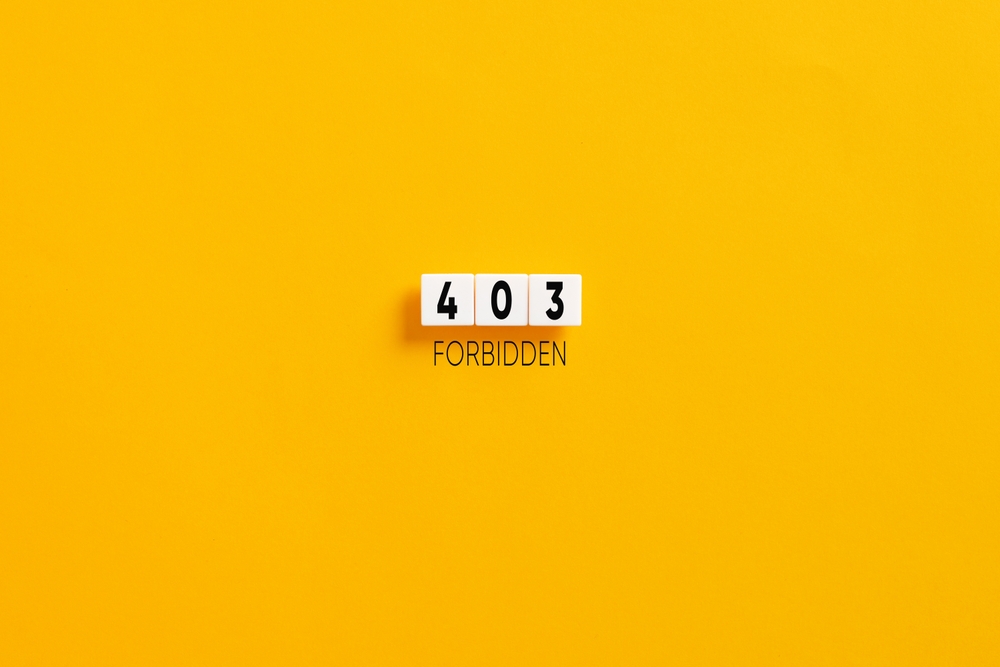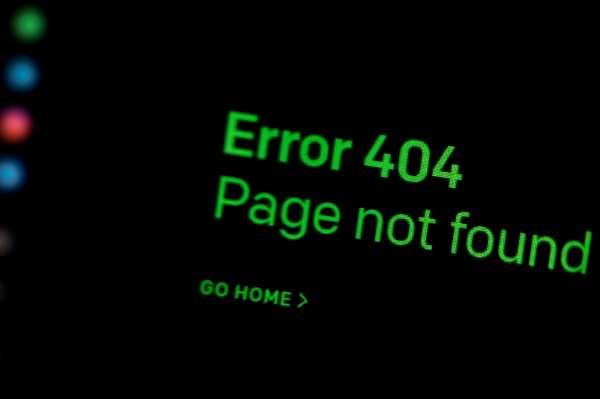When trying to access a web page or link, you’re making an HTTP request to access a resource on a server. The HTTP request is the backbone of sending and receiving data over the internet. Depending on how the request is handled, the web page can show different responses. HTTP error codes are three-digit codes that indicate the issue or status of the server's response to your request to access the website. Learning about the different categories of HTTP responses can help you understand the issue.
Categories of HTTP Responses
There are different types of HTTP responses; it’s helpful to know what each HTTP code means, so you can understand why you can't access the web page. Sometimes, an HTTP response isn’t an error but is displayed to update the request's status. Here are the five categories of HTTP responses:
1xx (100 - 199) Informational Responses
If a user gets an informational response from the server, it means that the request has been received but is still being processed. These types of HTTP responses don’t necessarily mean there’s an error. The user can ignore this response if the requested content pops up and becomes accessible.
2xx (200 - 299) Successful Responses
The servers send a successful response to indicate the user's request has been received, understood, accepted, and successfully processed. This means the browser, also known as the client, has received the expected information.
3xx (300 - 399) Redirection Responses
Redirection responses typically appear for a few seconds on the screen, which is why a user may not notice this type of HTTP response. These responses indicate the request has moved and the action will be completed when the user makes a new request.
4xx (400 - 499) Client Error Responses
A client error response is displayed when a user makes an invalid request that the server can’t fulfill or the requested resource is unavailable on the server. Typically, this response indicates an error at the user's end, so check if your internet is working properly. However, the user can also receive this response if a digital payment method is required or the user wants to access a permanently deleted page.
5xx (500 - 599) Server Error Responses
The 5xx category of HTTP responses indicates a server-related issue. This can happen when a server is undergoing maintenance.
Common HTTP Error Codes and How to Fix Them

401 Unauthorized
Another common HTTP error code is 401 unauthorized. It occurs when a client tries to access a page requiring a sign-in through a user ID and password. This problem is easily fixed by going to the website's home page and logging in again.
403 Forbidden
If a user receives a 403 forbidden error code on a site they’re trying to access, it indicates they don’t have permission to access the web page. For access to the site, the user can check if they entered the correct URL or the required credentials and have a compatible browser to access the site. In some cases, clearing the browser cache can also help users get past this error.
404 Not Found
The HTTP error 404 is a common error when a client requests access to a website that the server can’t find. This occurs when an error is made on the user's end, such as when a user mistypes the URL or clicks on an improper link.
Rechecking the URL's spellings or using a search engine to determine whether the website or page has been moved is an easy fix. Users can also go up a directory level on the URL's source or source path to resolve this issue.
410 Gone
If a web page has been republished on a different URL or permanently removed, the user may receive a 410 gone error code. Repairing the site's .htaccess file or disabling any active plug-ins will fix this issue.
500 Internal Server Error
The internal server error occurs when there’s high traffic on a website. The user can refresh the web page to check if the problem has been fixed or reach out to the web host for further assistance.
502 Bad Gateway
The 502 error code indicates a problem with the server. This error occurs when two servers are not properly communicating with each other. The user can try refreshing the browser or disabling extensions to fix the issue. If that doesn’t work, try rebooting the device.


